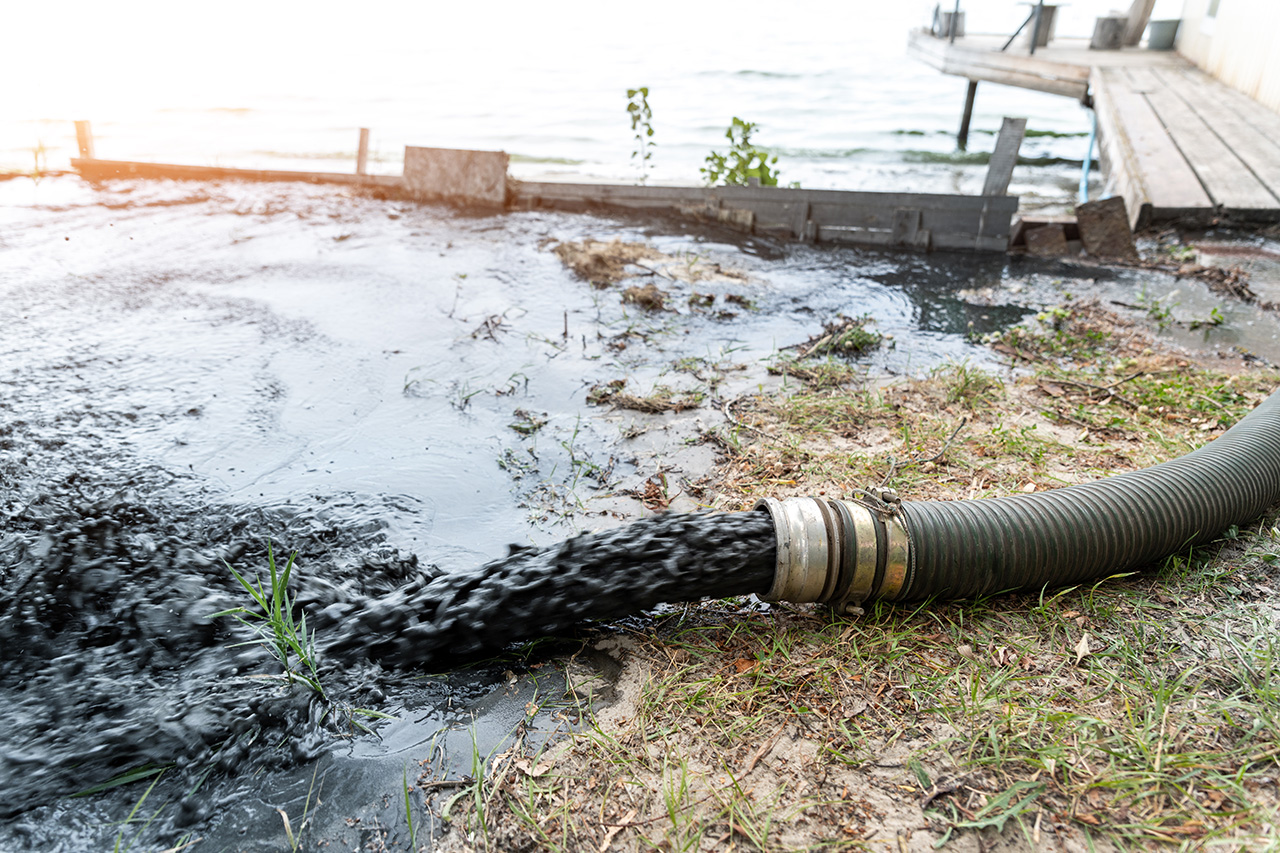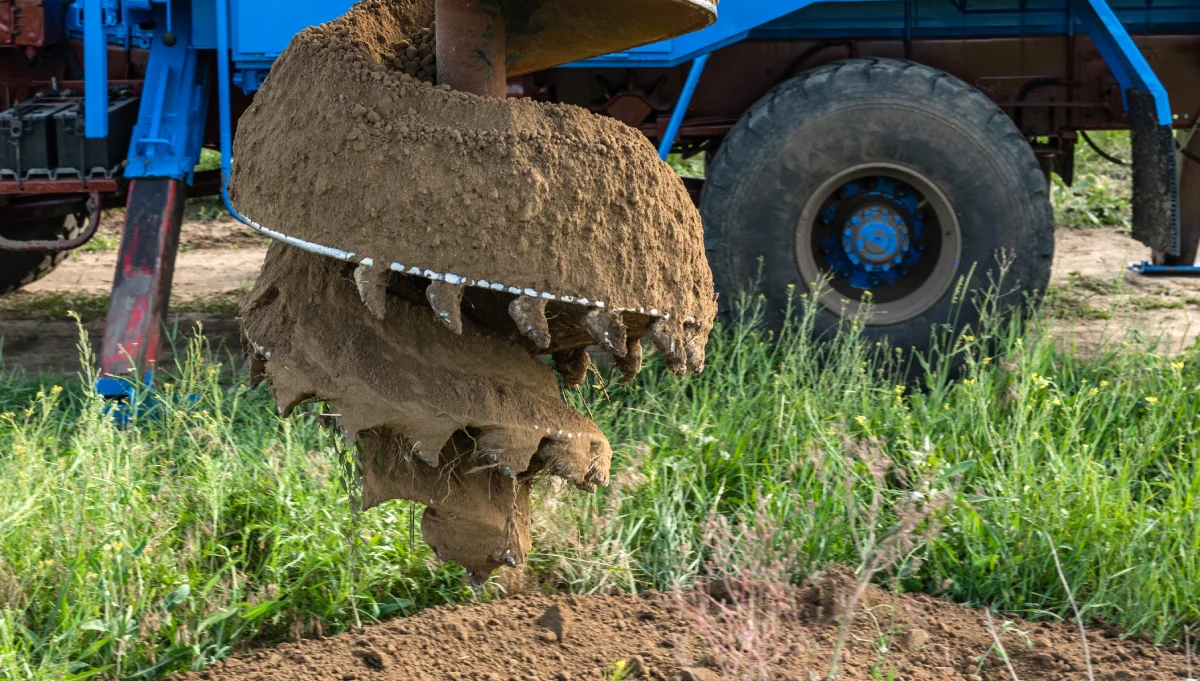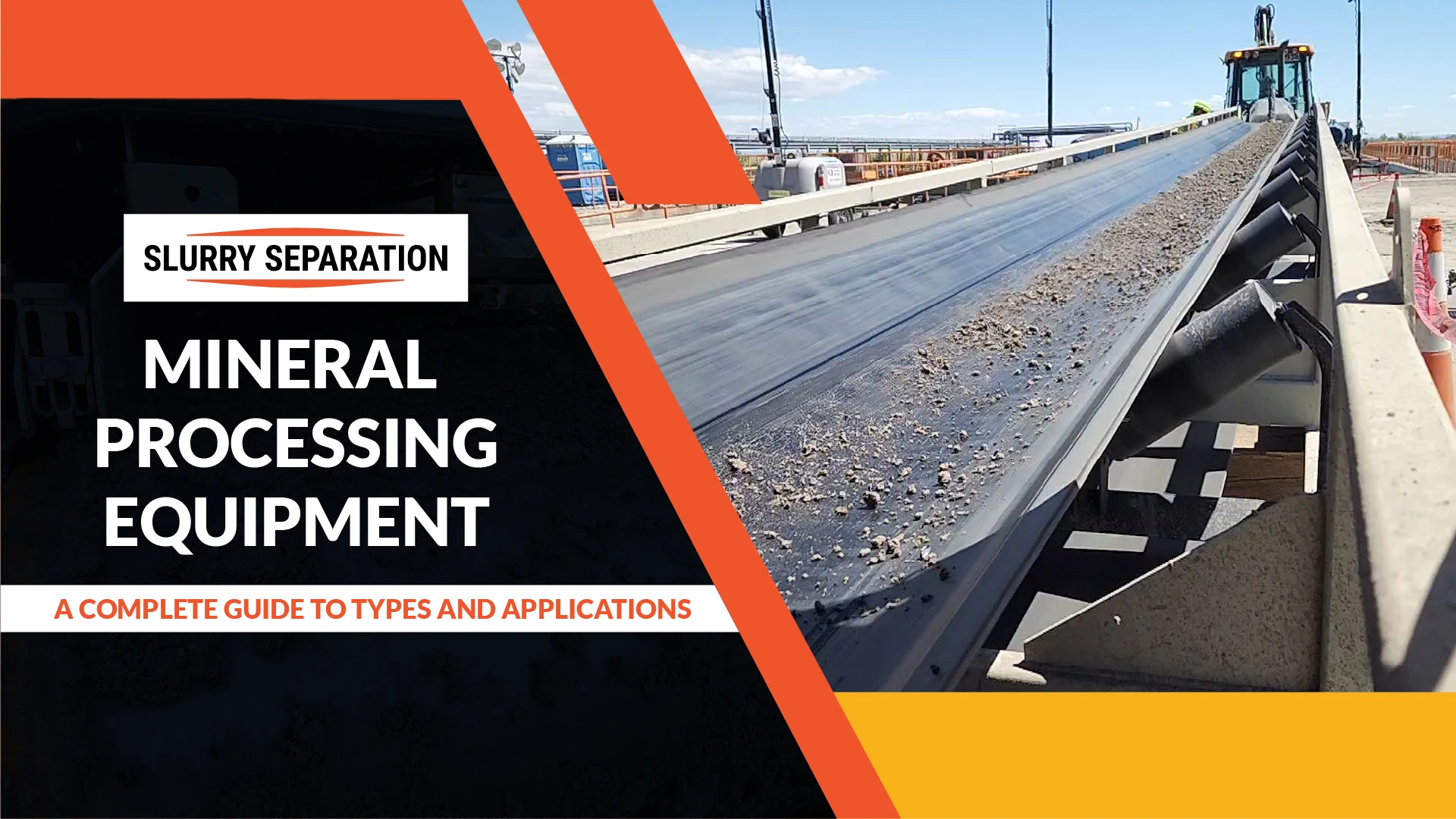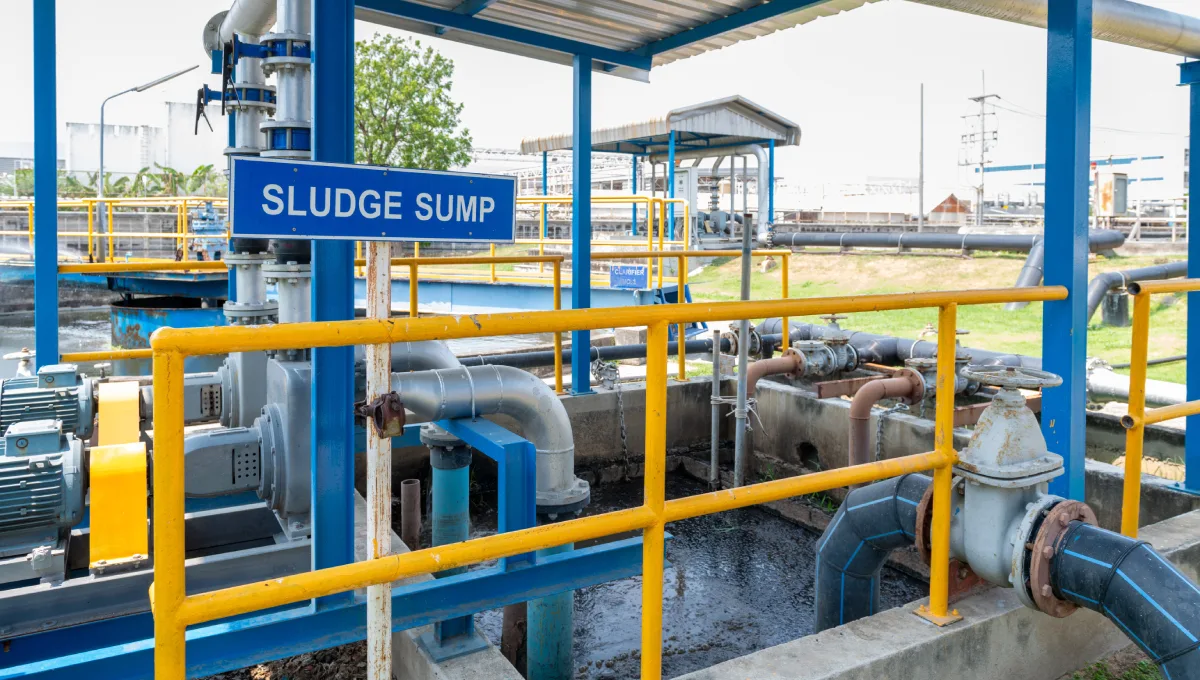Dredging projects play a vital role in maintaining waterways, harbors, and coastal areas by removing sediment and debris. It also offers benefits to miners looking to extract of minerals from underwater or near-shore deposits. Managing the extracted material efficiently is critical to the success of these projects. A well-designed dewatering system is essential for separating water from dredged slurry, allowing for the disposal, gathering or beneficial reuse of solids. In this article, we’ll explore the essential components of a dewatering system, the benefits of the individual equipment pieces, and how they work together to enhance dredging project efficiencies.
Key Components of a Dewatering System
1. Dredge Pump
The dredge pump is the heart of the dewatering system, responsible for extracting slurry from the waterbody or sediment basin. An effective dredge pump should be able to efficiently handle high volumes of slurry, even slurry with a high concentration of solids, without breaking down. These pumps should be corrosion-resistant and durable, and should be adjustable to the conditions in the dewatering process.
Benefits:
Efficient slurry transfer: Dredge pumps are designed to handle high volumes of slurry, ensuring continuous operation with a minimum amount of maintenance.
Variable speed control: Adjustable pump speeds allow for optimized performance based on slurry characteristics and project requirements.
2. Dredge Pipeline
The dredge pipeline transports slurry from the dredge pump to the dewatering equipment. For shorter term projects, HDPE pipe is often best suited for this pipeline, as it can be connected and reconnected fairly easily with Bauer fittings or flange ends. Plus, its light weight makes it far easier to move and work with, as opposed to steel pipe, which is heavy, not rust resistant and requires welders to join sections.
Benefits:
Flexible configuration: Dredge pipelines can be configured with various lengths, diameters, and materials to suit project-specific conditions, and as above, HDPE pipe is one of the best pipe styles to use.
Reduced sediment re-suspension: Proper pipeline design minimizes turbulence and sediment re-suspension during slurry transport, preserving water quality.
3. Dewatering Equipment
Dewatering equipment, such as slurry separators, centrifuges, filter presses, or sedimentation tanks, separates water from the dredged slurry. In heavy duty projects, many of these components are combined.
Benefits:
Efficient water removal: Dewatering equipment effectively removes water from the slurry, producing drier solids for disposal or reuse.
Customizable options: Different dewatering technologies offer flexibility to meet specific project requirements, whether dewatering fine sediments or coarse aggregates.
4. Disposal or Beneficial Reuse Facilities
Facilities for disposing of dewatered solids or utilizing them for beneficial purposes, such as land reclamation or construction. In mining projects, the dredged solids are often separated by mineral content, with the results adding to
Benefits:
Environmental sustainability: Proper disposal or reuse of dewatered solids minimizes environmental impact and promotes sustainability.
Cost savings: Utilizing dewatered solids for beneficial purposes can reduce disposal costs and provide economic benefits.
How Components of a Dewatering System Work Together
1. Efficient Slurry Extraction
– The dredge pump extracts slurry from the waterbody or sediment basin, ensuring efficient transfer to the dewatering system.
2. Controlled Slurry Transport
– The dredge pipeline transports slurry from the dredge pump to the dewatering equipment with minimal disturbance to surrounding water and sediment.
3. Effective Dewatering
– Dewatering equipment separates water from the dredged slurry, producing drier solids suitable for disposal or beneficial reuse.
4. Disposal or Reuse
– Dewatered solids are either disposed of in designated facilities or utilized for beneficial purposes, contributing to environmental sustainability and cost savings.
The Benefits of a Well-Designed Dewatering System
1. Increased Efficiency
– A well-designed dewatering system enhances project efficiency by optimizing slurry extraction, transport, and dewatering processes.
2. Reduced Environmental Impact
– Efficient dewatering minimizes the release of sediment-laden water back into the environment, preserving water quality and habitats.
3. Cost Savings
– Proper management of dewatered solids reduces disposal costs and may provide opportunities for revenue generation through beneficial reuse.
4. Regulatory Compliance
– Compliance with environmental regulations is ensured through effective sediment containment and dewatering practices.
A well-designed dewatering system is essential for enhancing dredging project efficiencies and minimizing environmental impact. By incorporating key components such as dredge pumps, pipelines, dewatering equipment, and disposal facilities, dredging operations can achieve optimal slurry management from extraction to disposal or reuse. Investing in a robust dewatering system not only improves project outcomes but also contributes to environmental sustainability and cost savings in the long term.




